Fermentation taps into so many current foodie trends, it’s become impossible to ignore. Fermenting is a sustainable way to preserve locally grown foods, with zero waste, turning them into clean, raw, slow superfoods. That’s seven buzzwords in one sentence, but who’s counting?
Of course, this new trend is actually pretty old, which in itself is bang on-trend. Humans have been fermenting supplies for many centuries. Unfortunately, the very moment biochemistry helped us discover the role microorganisms play in this process, we also found out their ability to spread disease. “Bad” and “good” bacteria became conflated in the public imagination, and fermentation lost its appeal – until a new breed of fearless pioneers started exploring old traditions for the modern kitchen.
Kirsten Shockey is one of those pioneers, who admits that she still loves pushing the boundaries of what fermentation can do. “I love to keep working and pushing stuff and learning new things,” she says. “It’s a blessing and a curse, but it always keeps things interesting.”
When Shockey first started experimenting with fermentation, to preserve the surplus produce grown on her Oregon farm, there was little to no information available online, as she recalls: “It was all self-taught. I knew the basics, but I would go on the internet and couldn’t find anyone who had written about fermenting, say, winter squash, so I would just try. I figured the science should be the same, and it’s all trial and error from there.“
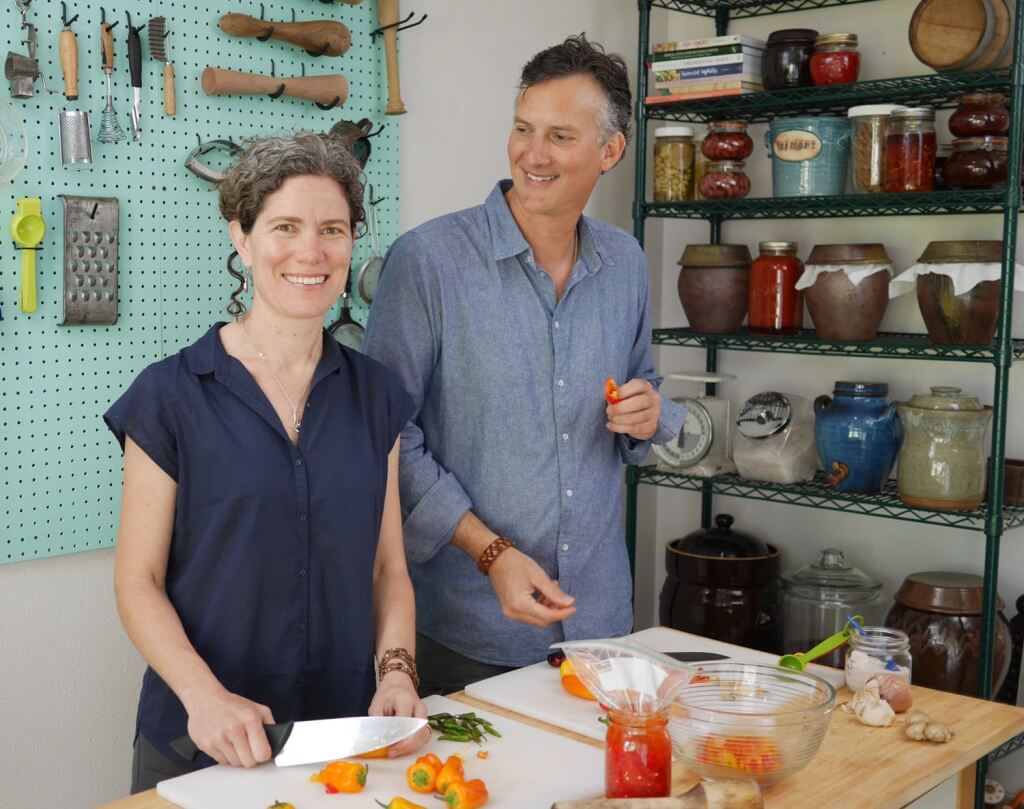
Shockey has long since gone from student to teacher, encouraging others to be equally fearless of fermentation, with regular workshops, an inspiring social media presence and a website chock full of tips, recipes and hands-on troubleshooting guides. The first book she co-wrote with her husband Christopher was the ultimate introduction to Fermented Vegetables, so it comes as no surprise that Shockey has the perfect pep talk for first-time fermenters: “In the last 100 years we’ve grown up with a lot of germs theory and the idea that bacteria will kill you. People that are new to this are learning that we actually need bacteria.”
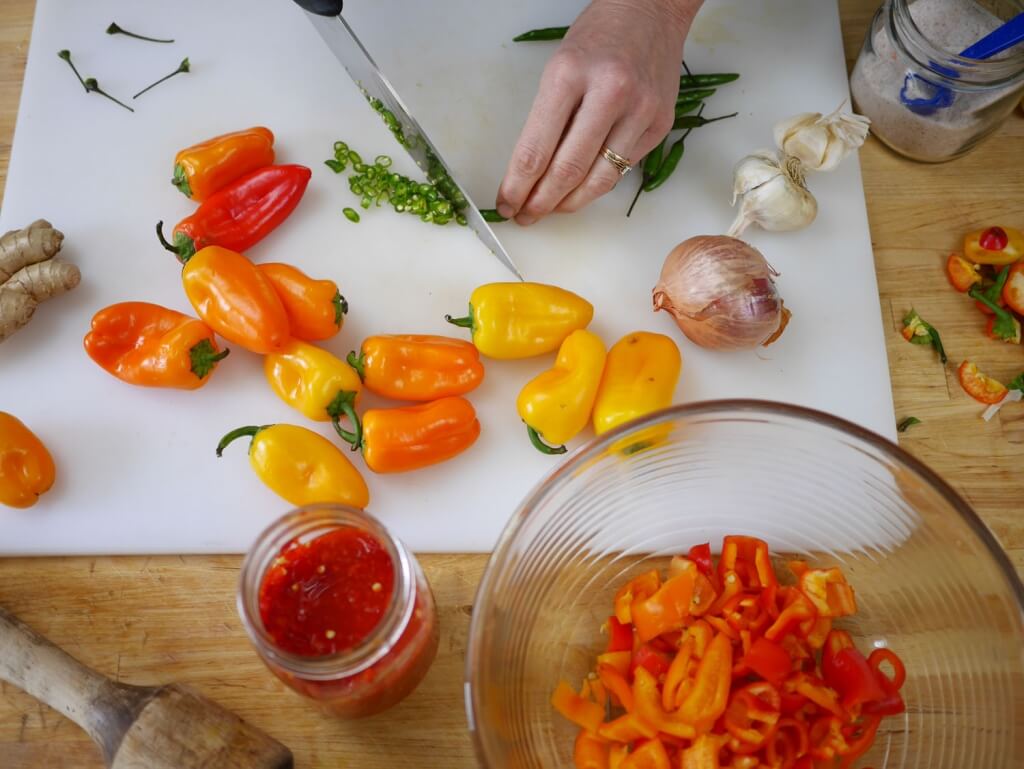
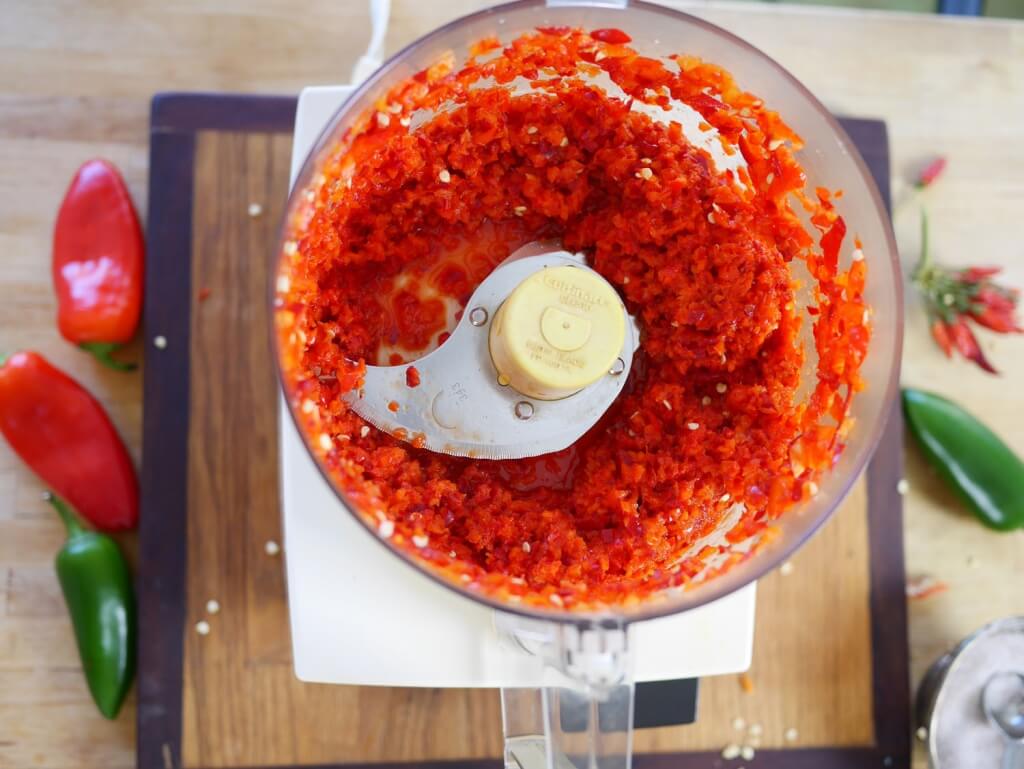
“Vegetables come fully loaded with all the bacteria, the good and the bad. Say you have a cabbage: you add a little bit of salt, but it’s not the salt that’s going to preserve your vegetable, it’s just going to make the perfect environment for the [healthy] lactobacillus bacteria we’re trying to encourage. You’re setting up a nice guest room for the lactobacillus by creating this nice briney, slightly salty environment. Then the lactobacillus will start doing what they do, which is consume the starches, the carbohydrates, the sugars in the vegetable and as they’re doing that, they’re creating an acidic environment. The bad bacteria that can make us sick can’t thrive in that environment, so you get this wonderful raw food filled with probiotics, which it’s also safer because the bacteria has made it safe. I think that’s pretty fascinating.“
Once those initial fears are eliminated, Shockey tackles the doubts common among city dwellers who don’t live on a 40-acre farm yielding a steady stream of veggies just waiting to be fermented: “I think there are three good reasons to do it yourself. First of all, you’re going to save a lot of money buying fresh vegetables as opposed to buying a fermented product. The second advantage is that you can ferment the exact combination of flavours you like. Another reason is that you can choose to have your ferment young or medium or super-sour, so you get control of your flavour and your probiotics.”
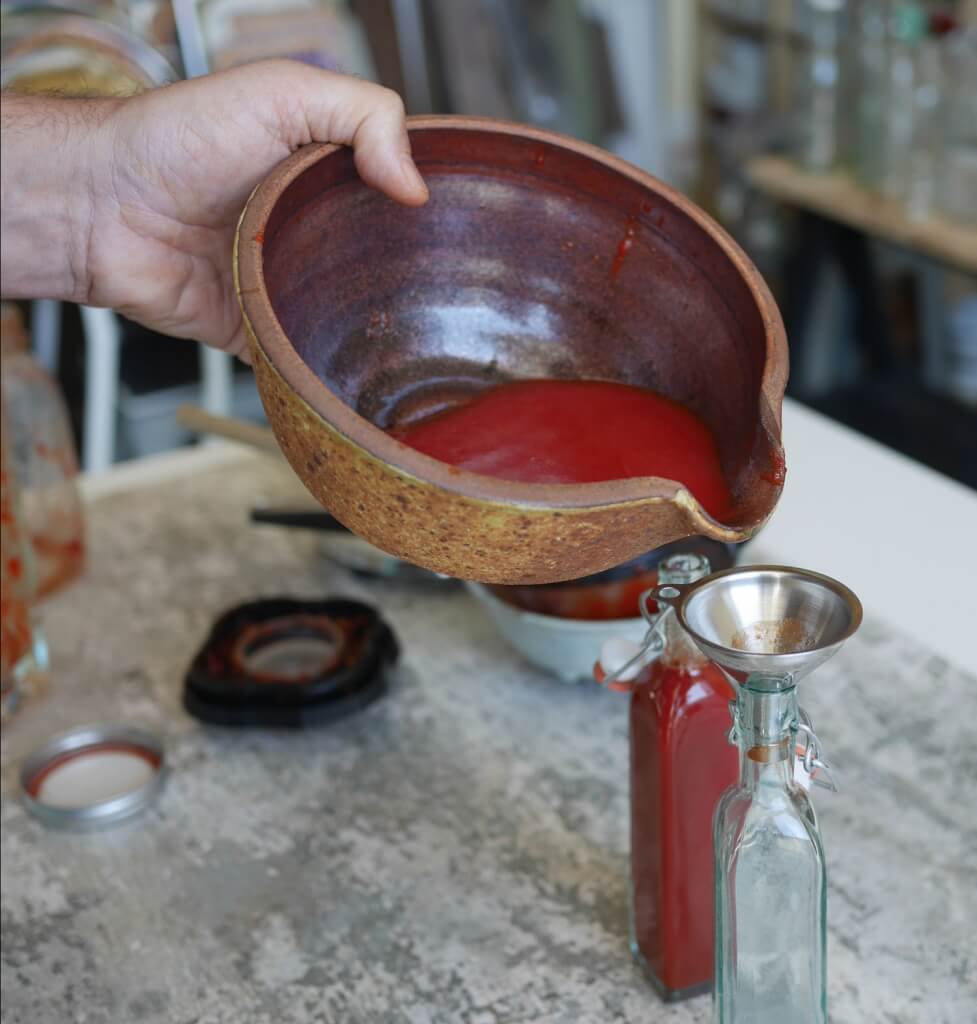
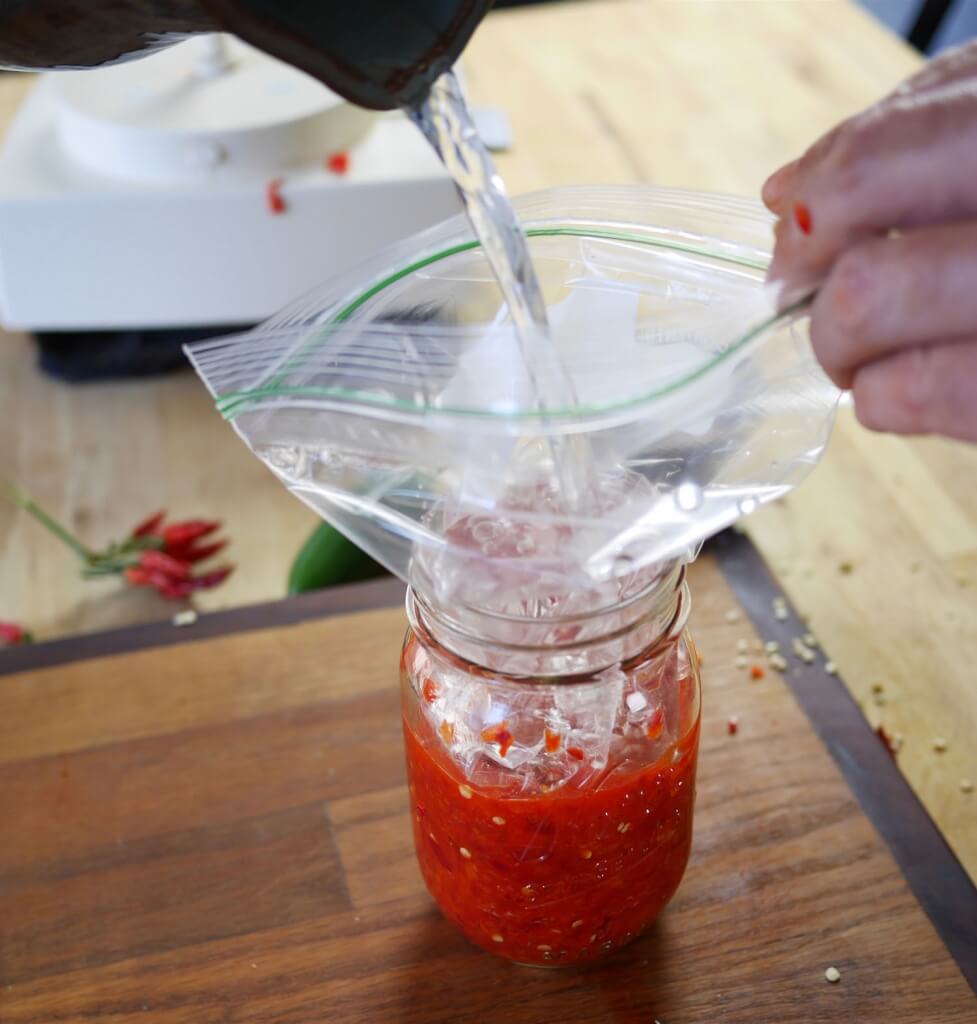
For those just starting out, Shockey recommends making a variation of a cabbage ferment, “because sauerkraut just works – it’s a real people pleaser, and homemade kraut is such a different food from the stuff you can buy in a jar.“ Although Shockey has come a long way since her first fermented cabbage, she never grows tired of finding new flavours and combinations, so of course there are several cabbage recipes in the the latest book, Fiery Ferments.
As that colourful tome – bursting with varied recipes, handy tips, as well as detailed information on spices, heat and flavours – hits bookshelves this month, its authors are already beginning to toy with what may become the subject of their next book: alkaline ferments. Shockey explains how these ferments – with “beans and grains and so on” – have been keeping her busy and occasionally driving her crazy: “Even after you figure out how the science works, there are still things that surprise you, that make you go ‘wow what just happened here? This is amazing! How am i going to repeat it? I don’t know if I can!’ Alkaline ferments are kind of unchartered territory.”
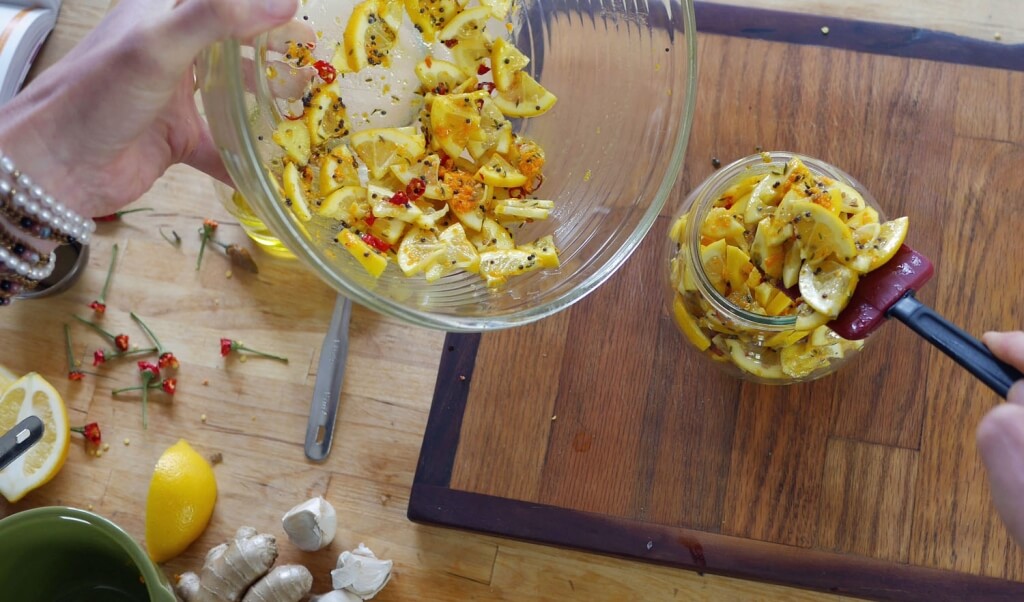
“I’ve been playing with fermenting tofu, which results in a cream cheese texture with a sharp cheese flavour. I had no idea you could do that! I’m trying to figure out the science behind it, to do the research and really unravel soy, but there’s so much information, some of it proper, a lot of it false. I’m really excited to come back around to this. We were vegetarians/vegans back in the ‘90s, and we understand so much more about how our microbiome works now, people are innovating so much more and making these plant-based foods work for us.“
Ready to try fermentation for yourself? Shockey’s ridiculously easy recipe for Spicy Carrot And Lime Salad is a fail-safe place to start.
Visit ferment.works

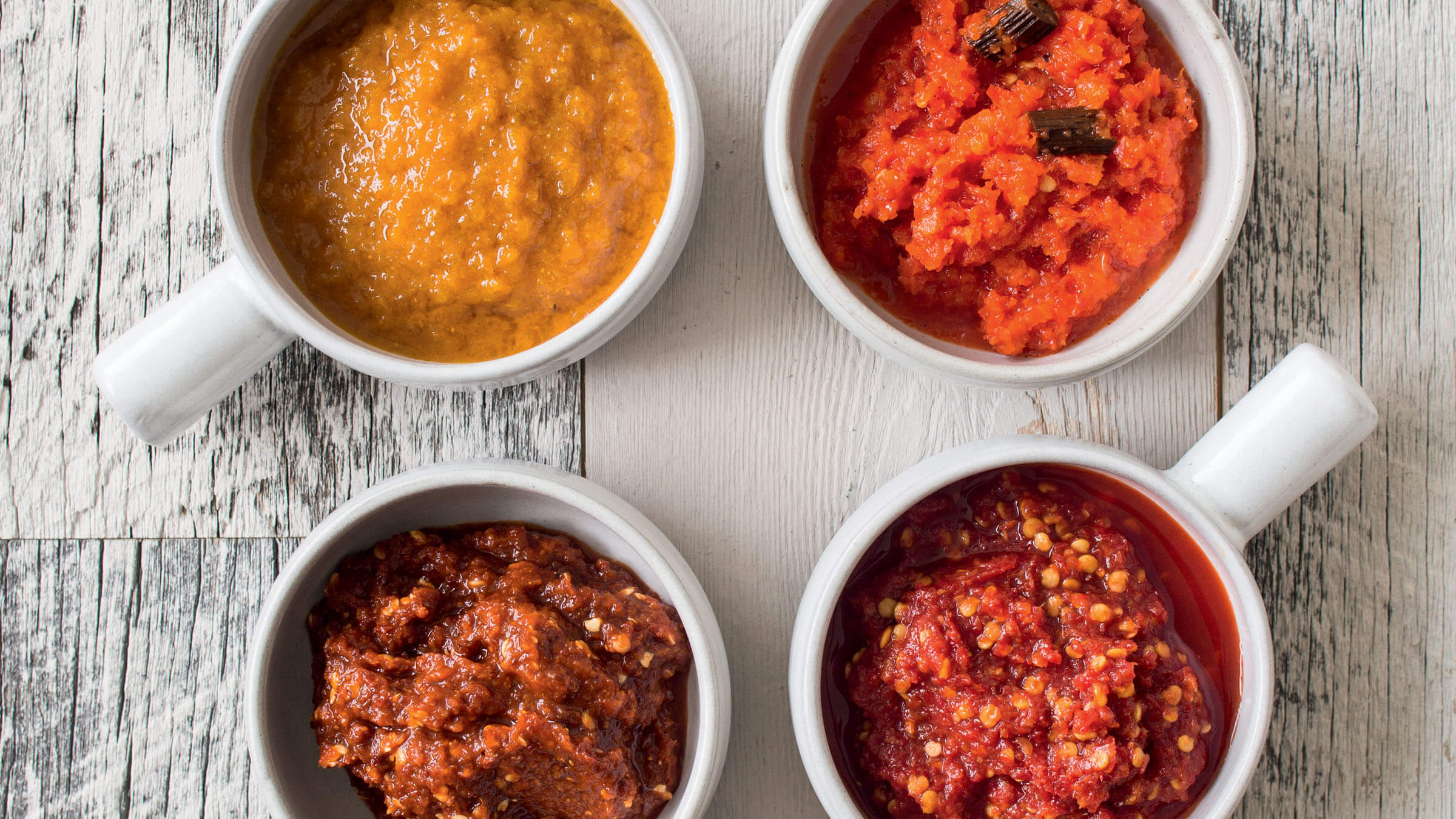












Sorry, the comment form is closed at this time.